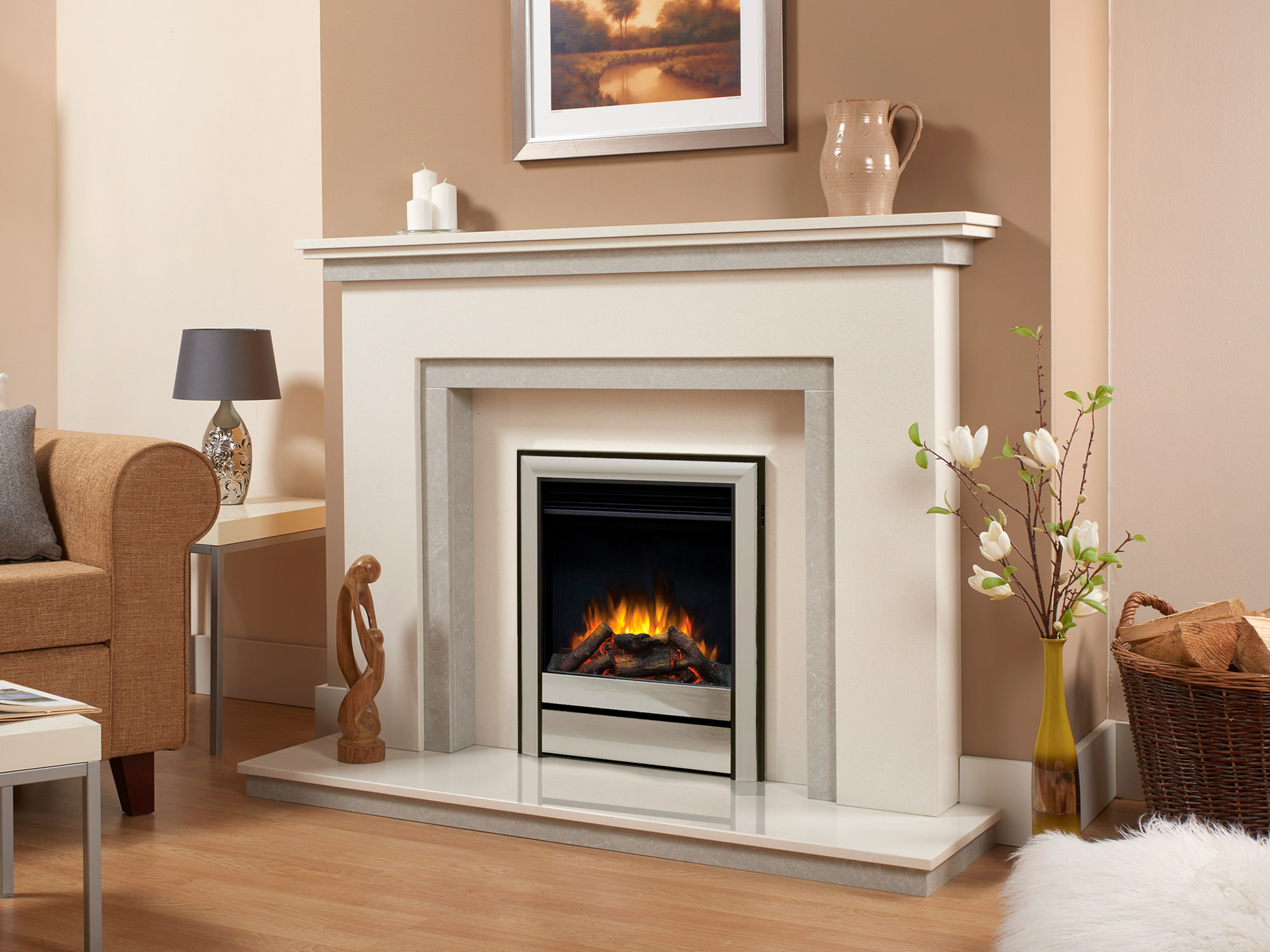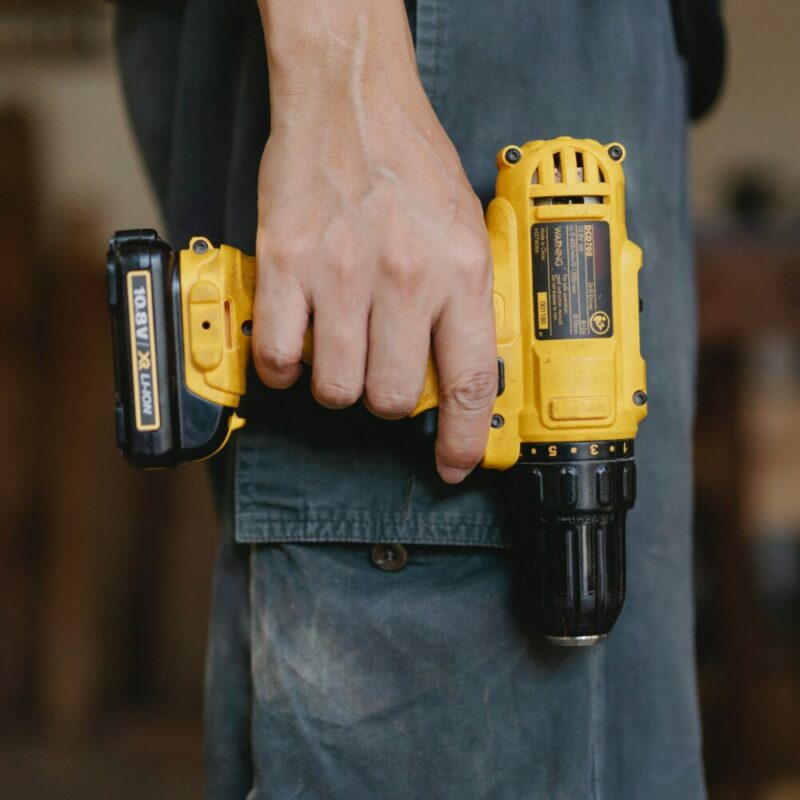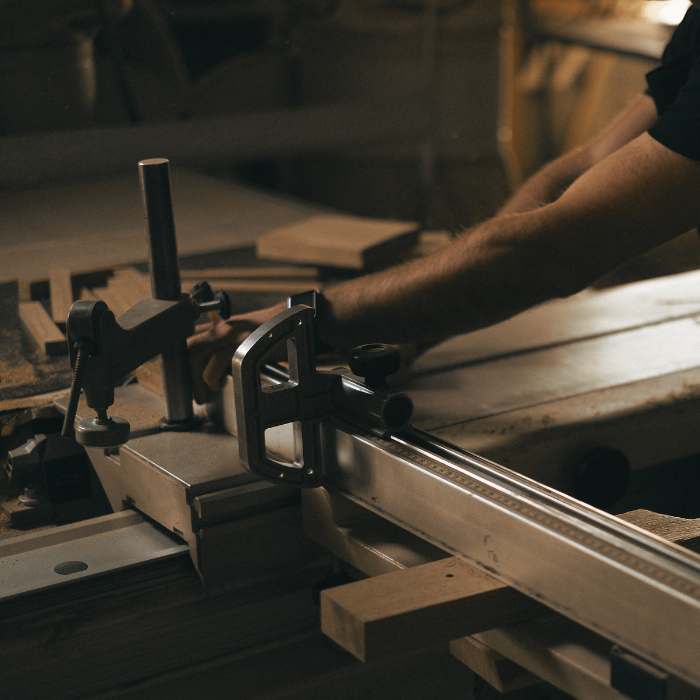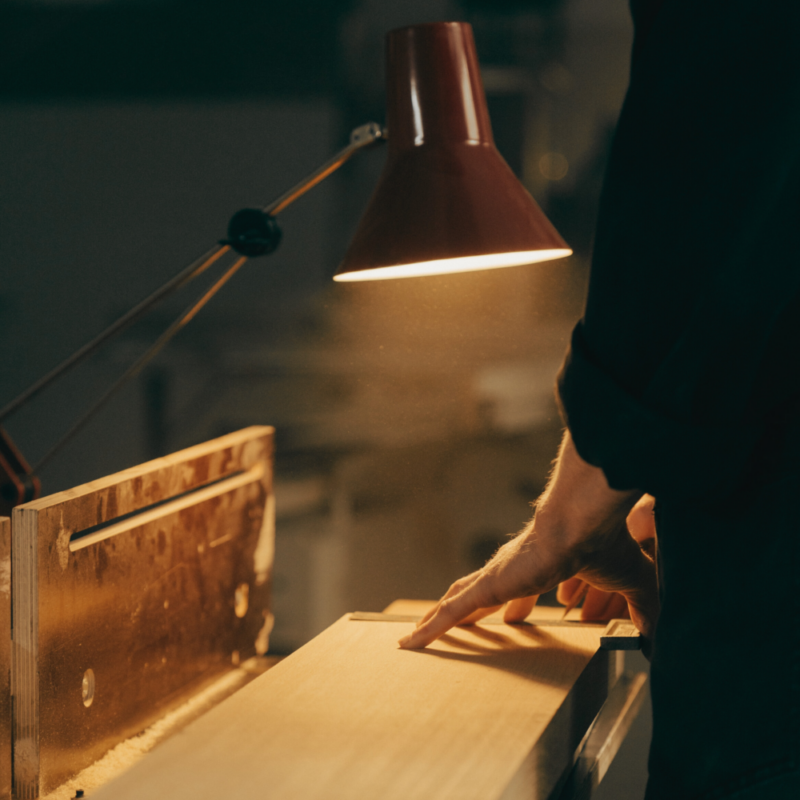
Table of Contents
Before we dive into the history of a fireplace hearth, it is useful to know the answer to the question what is a hearth? and why do we need one – so here goes. What is a hearth? A fireplace hearth is the floor within a fireplace that the coal basket, log burner, or modern gas fire sits on. A hearth is made from fireproof or non-combustible materials, such as stone, brick (masonry) or concrete.
The hearth usually extends from the interior of the fireplace, called the corbel, back plate, or hearthstone and is usually enclosed by a low wall or stone partition behind a hearth. The extension protrudes into the room to protect the immediate area around the fireplace, earning this area the unimaginative name of – the hearth extension.
The answer to the question “What is a Hearth” is a tricky one nowadays, with a big mix of past and present. We prefer to think about it as a vital way to protect your flooring and a great place to keep your fireplace tools or posh interior accoutrements such as candles, vases, and storm lanterns. The history of the fireplace hearth is a long and interesting one, almost as old as fireplaces themselves, and it begins not long after we discovered that fire is the perfect way to keep warm and cook our food.
The Fireplace Hearth in the Georgian Era
What is a hearth in the context of the Georgian Era? In relatively recent years from the Carolean Era (1660), the fireplace and hearth were considered such an integral part of a dwelling, a vital feature, that the value of a fireplace, particularly the hearth, has been coined to refer to a home or household, with the popular term “hearth and home” being featured in early advertising in the 19th century, 1899 to be exact.
In the modern era, post-1970, and the commonplace introduction of central heating, hearths became less central to the house’s heating, which is instead done by a system of pipes, radiators and a boiler. By the 19th century, cooking moved exclusively to the kitchen and the cooker, oven, stove or range; subsequently, many houses built in the 20th and 21st centuries don’t have fireplaces or hearths. So, what is a hearth in today’s homes?
What is a Hearth or Chimney Tax
What is a hearth tax? Just when you thought the house was a safe place to be, King Charles II brought in the hearth tax, or at least Parliament approved this tax on his behalf, which allowed the state to collect taxes twice a year based on how many fireplaces or hearths you had in your house. The tax was collected twice a year.
In 1662, the tax was two shillings a year. The idea came from France and was considered a fair tax because the number of fireplace hearths in a house would vary with the wealth of the occupier. The tax was payable by the landlord even if the house was empty.
Initially, there was some leeway for those considered poor, who included the occupiers of property or land worth less than £1 a year, and those who received poor relief or were occupants of almshouses, hospitals or institutions.
As you can imagine, the implementation of the hearth tax came up against aggressive opposition, and as a result, Parliament passed a law in 1663 that all hearths or chimneys must be listed whether they were liable for tax or not.
Although this way of collecting tax was very lucrative at a time (raising £216,000 in its final years) when England was impoverished, the problem with the tax was collecting it. Tax collection was initially the job of petty constables, high constables and sheriffs, but these representatives were not always honest and subsequently, in 1664, the constables were replaced by independent county receivers and sub-collectors, called ‘chimney men’, who accompanied the constables to ensure the taxes made it to the king.
Tax collection is not an easy job, and in 1666, the operation was further contracted out to a group of wealthy London merchants. The move was also a failure, and the merchants were forced to concede defeat in 1668. Undeterred, Parliament continued to try to collect this tax, but although the revenue collected was useful to the King as a war fund, it was abolished following the ‘Glorious Revolution‘ (the overthrow of the Catholic King James II, replaced by his daughter Mary, a Protestant, and her husband, William of Orange) in 1688. The lost income was replaced some years later by the land tax and then the first window tax in 1696.
As Benjamin Franklin said, ‘Nothing is certain except death and taxes’ – if you had a hearth, you certainly paid for it. Mind you, BF also said, ‘He that lies down with dogs, shall rise up with fleas, ‘ and ‘It’s a better slip with foot than tongue’ making him the king of obvious statements.
Fireplace Hearth Folk Law
What is a hearth, in relation to fireplace folklore? The fireplace and hearth are so celebrated that they appear in myth, religion and folk law throughout the world and the ages. Let’s take the classics, Greek mythology in particular. The fireplace hearth has a goddess, and she is called Hestia. Hestia, the daughter of Rhea (god of fertility) and Cronus (god of time), is known as the goddess of the hearth in Greek religion and myth and is closely connected with Zeus.
Although Hestia had suitors (Apollo, Hermes and Poseidon), she swore chastity and remained a maiden (that’s where the term old maid comes from) for the rest of her life, presiding over sacrifices and representing domestic life, the home, including business and outdoor life. Around the same period in history, the Romans worshipped Vesta.
Vesta was a virgin goddess who surrounded herself with vestal virgins who looked after the family, hearth, and home. Vesta and her virgins are well represented all over Italy, specifically in Rome, where their statues can be seen in the Coliseum and Roman Forum. Vesta also presided over sacrifices and is often depicted sitting by the sacred fire at the temple hearth.
Further west in Persia (now Iran), in Mazdayasna, Zoroastrian and Behdin religion and traditions, every home was expected to have a fireplace hearth so that prayers and sacrifice could be carried out – those who did not comply were often killed or if they were wealthy or lucky, banished.
Today in Eastern Europe (specifically, in Albania), the hearth is a spiritual link between generations, liking the past, present and future generations. In the UK, the kitchen is always the place people gather at parties, with the fireplace coming a close second.
Much like Hestia and Vesta cherished the hearth, we cherish the art of creating beautiful fireplaces each with its unique story and design.
The 1970s was a Dark Time for the Fireplace
When asking someone in the 70’s, “what is a hearth?” the answer would be different again, the fireplace was an integral part of the home in the UK until the introduction of central heating in the 1970s and early 80s. Although central heating technology was invented initially by John Evelyn, William Strutt and Charles Sylvester (not all at the same time), from the 18th century through to the early 19th century, it was not commonplace in homes until Glow-worm introduced to the market an expensive but widely available system that allowed homes to remain at a constant temperature whether you were in the sitting room or bedroom.
The decline of the fireplace and the death of interior design can be associated with the advent of central heating. Some saw it coming. In 1945, George Orwell wrote an article, ‘The Case for the Open Fire’, which talked about the decline of family life – he also wrote 1984 and Animal Farm: do we need to say more? Life imitates fiction or the other way around.
We digress; famous interior designers abandoned the fireplace, boarding it over or, worse, stripping it out altogether. This terrible design idea was called modernism. You can put the blame firmly at the door of Lee Radziwill (UK), Edward Zajac and Richard Callahan (USA), and David Nightingale Hicks (design name Ashley Hicks).
Homes all over the country were taking out the original features and adding central heating, and there was nothing Terrace Conran and Habitat could do about it. Dark days indeed. While the 70s interior design is back with a vengeance, the difference is the original features are celebrated, especially the fireplace. Interior designers reinstated panel doors and sash windows and the fireplace was reinstated as the heart of the home. Back in the property boom of 1988 (in London, anyway), a modern house that had been stripped of its period features was worth less than a property that was completely untouched, without central heating but complete with all the original features, especially the fireplace.
And whilst the 1970s saw a decline in traditional fireplaces, today we’re seeing a resurgence in their popularity. Explore our Modern Electric Fireplaces, that combine tradition with modern era design and technology.
The Reinstatement of the Fireplace
The late 80s brought in interior design changes that celebrated the fireplace and the hearth. Even modern houses (built in the 60s and 70s) had sudo fireplaces fitted. The craze for the fireplace has not gone away, as any interior design influencer will tell you. If you had cash in the 90s, you might have a central fireplace open on each side in your converted warehouse apartment in Canary Wharf – while apartments weren’t an everyday feature, they featured heavily in magazines of the time. Every Y2K design had a massive flat-screen TV over a modern gas fireplace, complete with a faux zebra skin rug in front of the hearth.
The decade 2010 – 2020 was marked by black kitchen units, chevron rugs and rose gold accessories. The term mid-century modern was born, and with it came the glass-enclosed corner gas fire. This decade was also marked by industry and industrial design. Fireplaces had exposed brick surrounds and interiors, concrete hearths extended into concrete floors, and bare lightbulbs created a utilitarian aesthetic.
Since 2020, we have been working out who we are and what era we will be called (probably the pandemic era). One thing we know is that the pandemic meant people spent so much time at home that interior design became important, builders were run off their feet, and the fireplace is once again celebrated as the heart of the home.
So we can safely say the fireplace and its hearth are safe – at least for now! To keep this tradition alive, check out our extensive range of fireplaces, from classic oak beams to elegant marble fireplaces.











